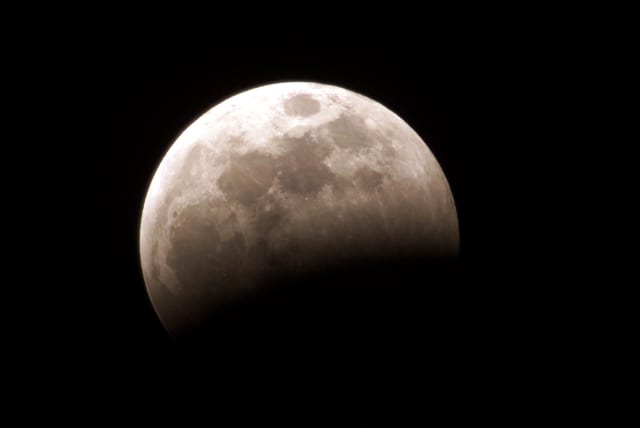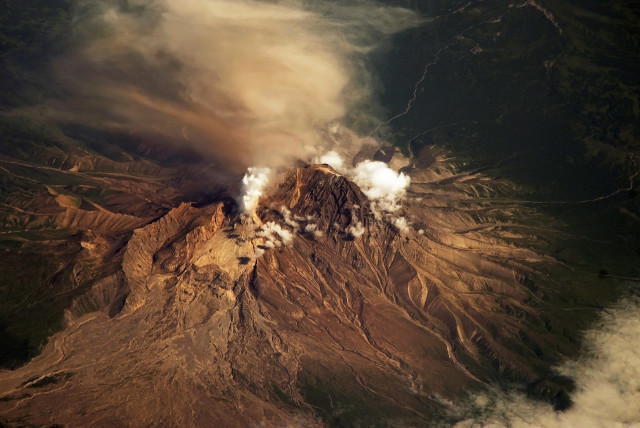Volcanoes on the moon? Scientists discover evidence of lunar lava - study

Granite formation on the Earth is generally helped by the presence of water and the influence of plate tectonics, both of which are absent on the moon.
A team of scientists discovered a granitic system on the moon, which probably was formed from the cooling of molten lava that once fed a volcano, and may also indicate the former presence of water.
Granite rock is almost exclusively found on Earth, as it is the result of multi-stage melting and fractionation, which on Earth is aided by abundant water and plate tectonics.
These factors are absent on the moon - which is what makes the discovery published in a peer-reviewed study in Nature on July 5, an intriguing investigation for space enthusiasts.
The scientists analyzed a rock formation on the moon called Compton-Belkovich, which was suspected to be of volcanic origin. They measured the heat emanating below the surface and found that it comes from a concentration of radioactive elements that on the moon, can only be granites.
"Any big body of granite that we find on Earth used to feed a big bunch of volcanoes, much like a large system is feeding the Cascade volcanoes in the Pacific Northwest today," Matthew Siegler, SMU research professor and research scientist with the Planetary Science Institute, told science news website phys.org.
Granite is made by cooling lava
Granite is the result of the cooling of lava under a volcano that hasn't erupted. These formations, which in liquid form would have fed the volcanic eruption, are called batholiths.
"Batholiths are much bigger than the volcanoes they feed on the surface. For example, the Sierra Nevada mountains are a batholith, left from a volcanic chain in the western United States that existed long ago," Siegler explained.
The researchers were surprised by the magnitude and geographic extent of the formation, which extends over a diameter of 50 kilometers, making it an Earth-like, evolved granitic system larger than was believed to be possible on the moon.
Granite formation on the Earth is generally helped by the presence of water and the influence of plate tectonics, which make the melting of large quantities under the surface possible.
"If you don't have water it takes extreme situations to make granite," Siegler said. "So, here's this system with no water, and no plate tectonics—but you have granite. Was there water on the moon—at least in this one spot? Or was it just especially hot?"
The scientists are confident that their methodologies can be applied to other cases and so "could vastly expand our knowledge of geothermal processes on the moon and other planetary bodies."
Jerusalem Post Store
`; document.getElementById("linkPremium").innerHTML = cont; var divWithLink = document.getElementById("premium-link"); if (divWithLink !== null && divWithLink !== 'undefined') { divWithLink.style.border = "solid 1px #cb0f3e"; divWithLink.style.textAlign = "center"; divWithLink.style.marginBottom = "15px"; divWithLink.style.marginTop = "15px"; divWithLink.style.width = "100%"; divWithLink.style.backgroundColor = "#122952"; divWithLink.style.color = "#ffffff"; divWithLink.style.lineHeight = "1.5"; } } (function (v, i) { });

